Lower back pain is one of the most common health complaints worldwide, affecting up to 80% of people at some point in their lives. While many attribute it to heavy lifting, poor posture, or aging, there are hidden causes that often go undiagnosed—leaving patients frustrated with recurring discomfort. This article explores the lesser-known but important causes of lower back pain that are frequently overlooked.
🔍 1. Sedentary Lifestyle and Weak Core Muscles
You don’t have to be lifting heavy objects to develop back pain. Sitting for long hours, especially with poor posture, leads to muscle imbalances and a weakened core. The spine relies on core muscles for support. If your abs and glutes are weak, the lower back muscles compensate, leading to strain and pain.
What to watch for:
- Discomfort after prolonged sitting
- Stiffness when standing up
- Poor posture or slouching
Solution:
Daily stretching, core strengthening exercises (planks, bridges), and taking breaks to walk can significantly reduce this issue.
🧠 2. Stress and Emotional Tension
Surprisingly, mental and emotional stress can manifest as physical pain—especially in the lower back. When you’re under stress, your body produces more cortisol, which can cause muscle tension and inflammation.
What to watch for:
- Back pain with no physical cause
- Worsening pain during emotional distress
- Sleep disturbances or fatigue
Solution:
Stress management techniques like deep breathing, yoga, meditation, and adequate sleep can help relieve this kind of pain.
🦵 3. Poor Footwear and Gait Issues
Your feet form the base of your body. Wearing unsupportive shoes or having flat feet, high arches, or uneven leg length can affect your walking posture, leading to spinal misalignment and chronic back pain.
What to watch for:
- Uneven shoe wear
- Pain in hips, knees, or ankles along with back pain
- Feeling off balance
Solution:
Use orthotic insoles, get a gait analysis, or consult a podiatrist. Comfortable, supportive footwear is essential.
🩺 4. Kidney or Internal Organ Issues
Not all back pain is musculoskeletal. Kidney infections, stones, or gynecological issues (like endometriosis) can cause referred pain to the lower back.
What to watch for:
- Pain on one side
- Fever, nausea, or blood in urine
- Pain that doesn’t change with movement
Solution:
See a doctor if your pain is deep, persistent, or accompanied by systemic symptoms. You may need blood tests, urine analysis, or imaging.
🛏️ 5. Sleeping Position and Mattress Quality
Sleeping on an old or unsupportive mattress can misalign your spine. Similarly, sleeping on your stomach may overextend your lower back.
What to watch for:
- Pain that’s worse in the morning
- Relief after stretching or walking
- Difficulty finding a comfortable sleep position
Solution:
Invest in a medium-firm mattress. Sleeping on your side with a pillow between the knees can also reduce strain.
🚗 6. Long Commutes and Driving Posture
Spending hours in the car can compress your spine, especially if the seat doesn’t support your lumbar region.
What to watch for:
- Pain after driving
- Stiffness in hips and lower back
- Cramped driving position
Solution:
Use lumbar support cushions, adjust your seat angle, and take breaks during long trips to stretch and walk.
💉 7. Vitamin D or Magnesium Deficiency
Low levels of vitamin D or magnesium can lead to muscle weakness and bone pain. These deficiencies are more common than most people realize, especially among those who get little sun or have poor diets.
What to watch for:
- Generalized fatigue
- Bone tenderness
- Muscle cramps
Solution:
Get blood levels tested. A balanced diet, sunlight exposure, or supplements may help.
🧬 8. Inflammatory Conditions (e.g., Ankylosing Spondylitis)
Some people with persistent lower back pain may actually have an underlying autoimmune condition such as Ankylosing Spondylitis (AS), which causes inflammation in the spine.
What to watch for:
- Morning stiffness that improves with movement
- Pain starting before age 40
- Family history of autoimmune disease
Solution:
Consult a rheumatologist. Early diagnosis and treatment with medication can prevent progression.
📝 Final Thoughts
Many people live with chronic lower back pain without understanding its root causes. While some factors like posture and lifestyle are within your control, others may need medical evaluation. If your back pain persists for more than a few weeks, is severe, or is associated with other symptoms, don’t ignore it—seek professional help.
By uncovering and addressing these hidden causes, you can take meaningful steps toward long-term relief and better spinal health.
ABOUT THE AUTHOR
Dr. Nora West is a highly skilled MBBS doctor with a special interest in women’s health and patient education. She is dedicated to providing compassionate care and believes in building strong doctor–patient relationships based on trust and understanding. Dr. Nora focuses on empowering her patients with the knowledge they need to make informed decisions about their health. She is particularly passionate about preventive medicine, nutrition, and lifestyle interventions that can significantly improve quality of life. Known for her warmth and professionalism, Dr. Nora combines evidence-based medicine with a personalized approach, ensuring every patient feels supported on their journey to better health.

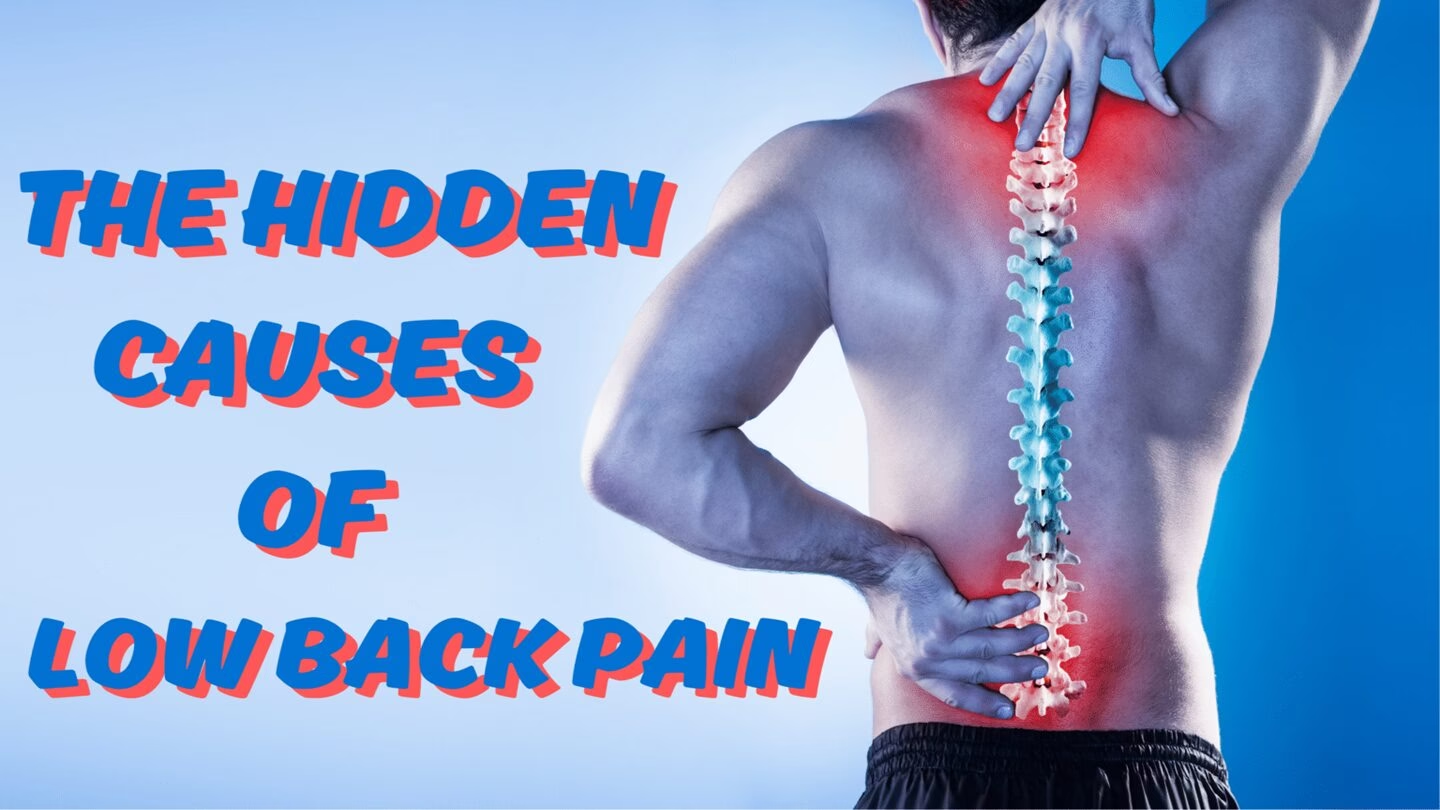

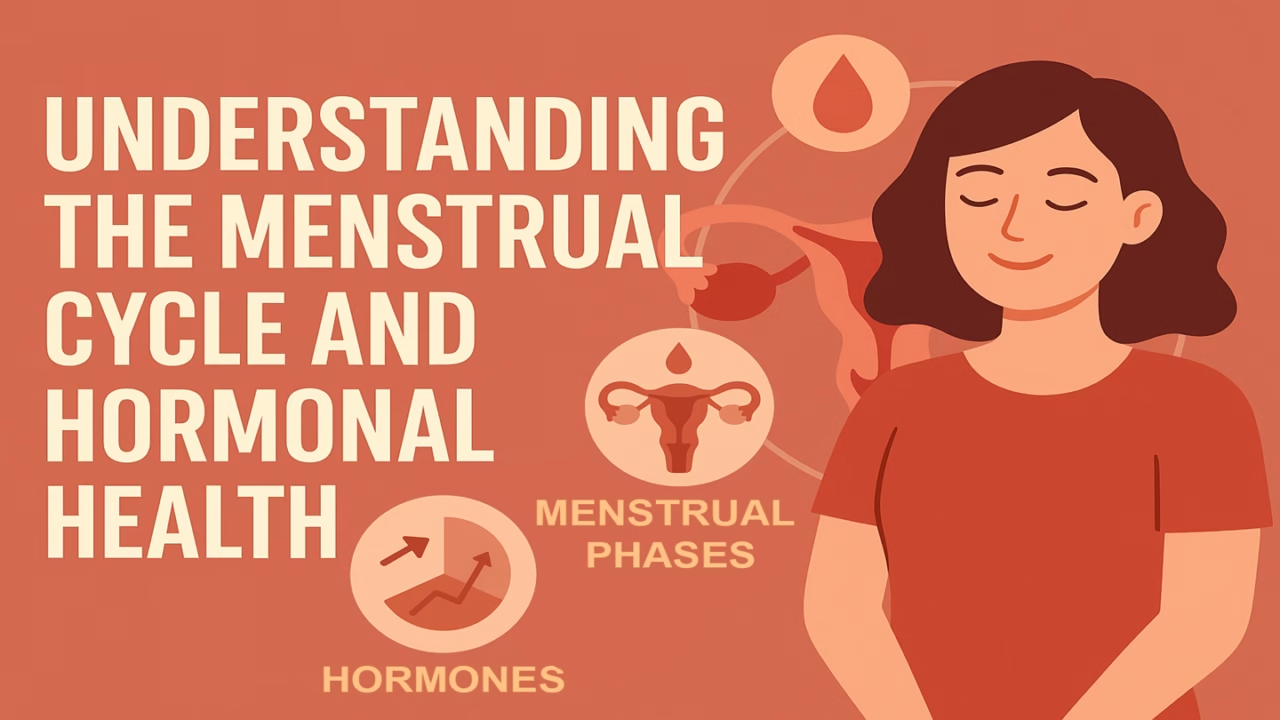

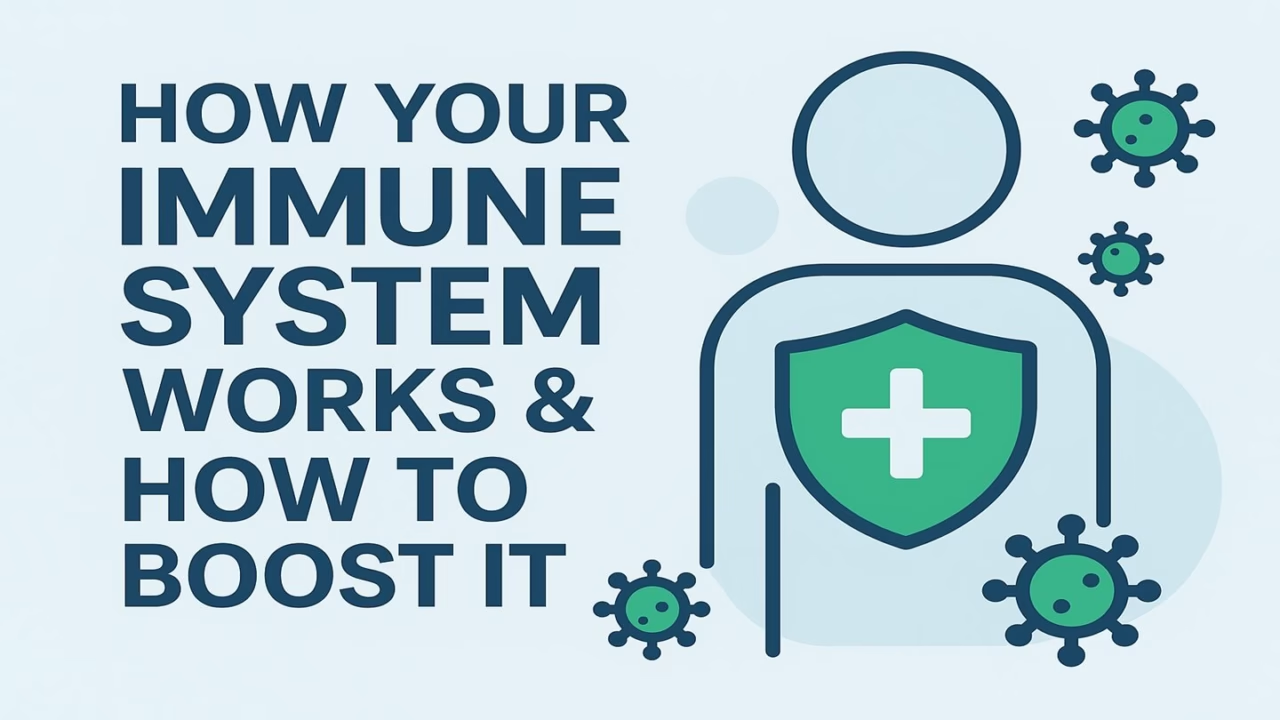
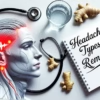
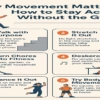
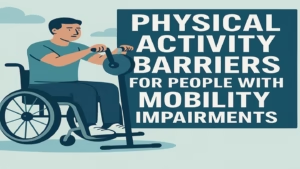

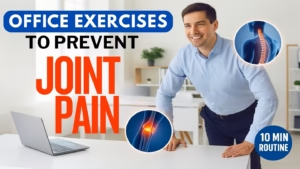
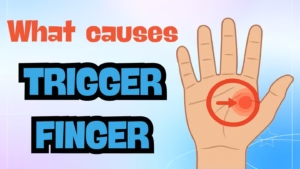

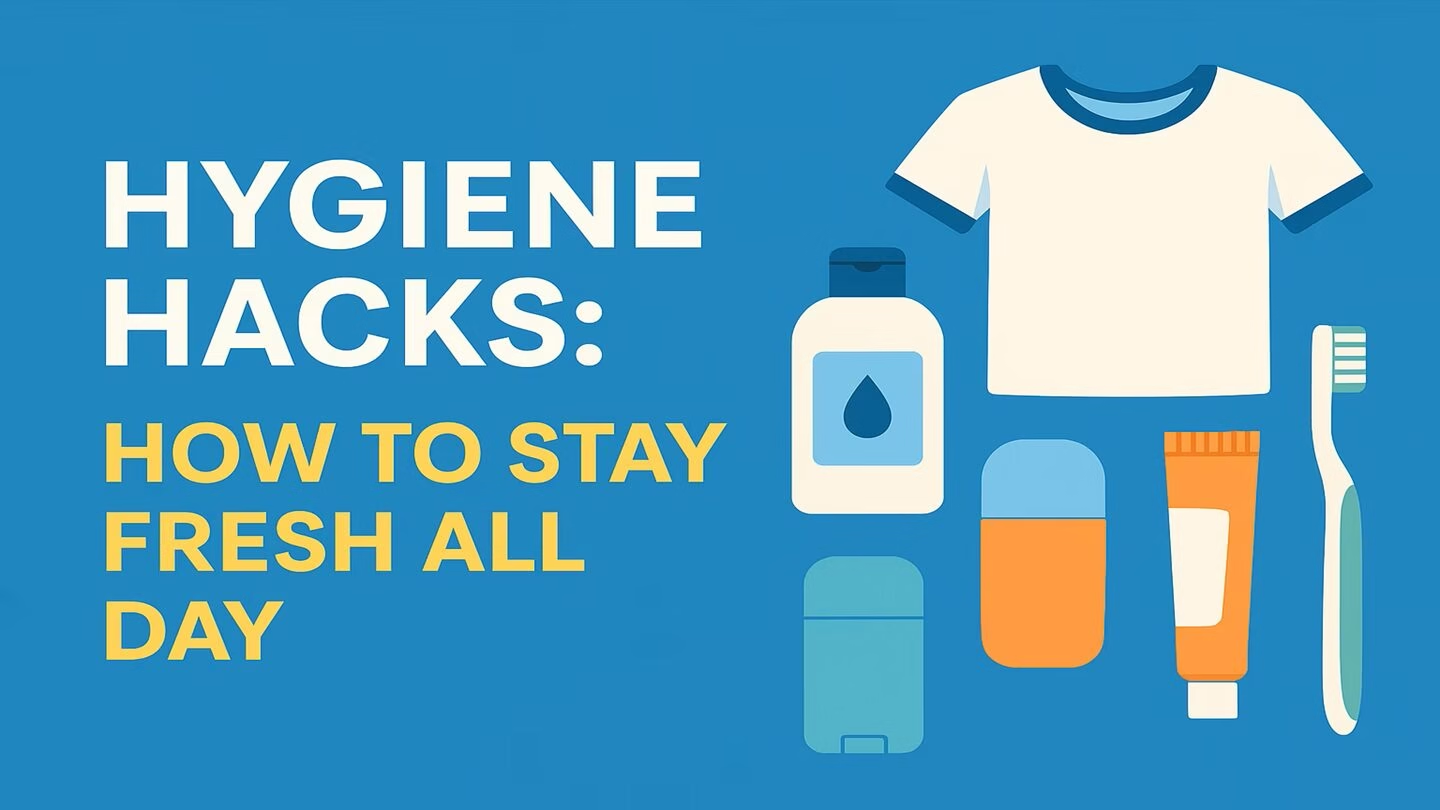
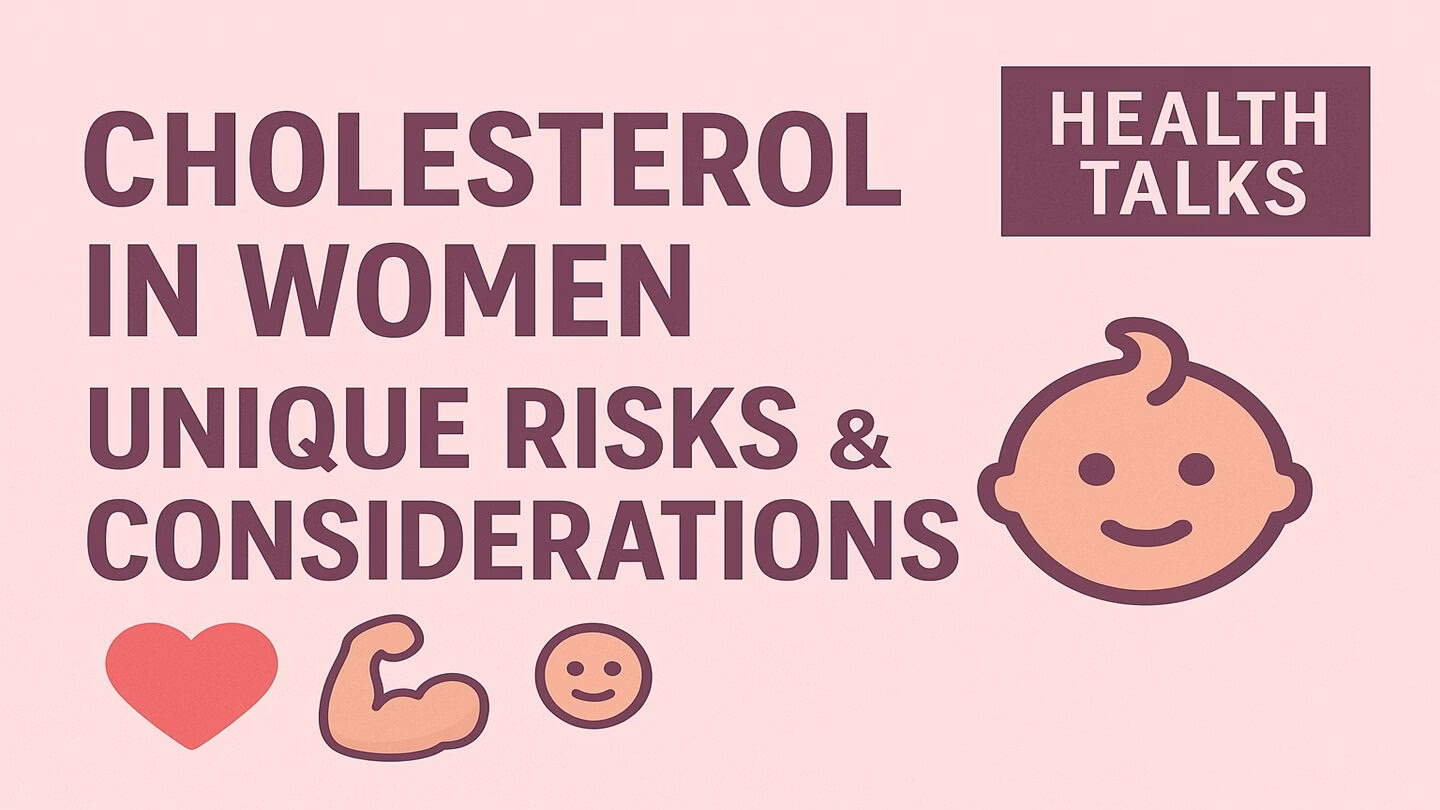


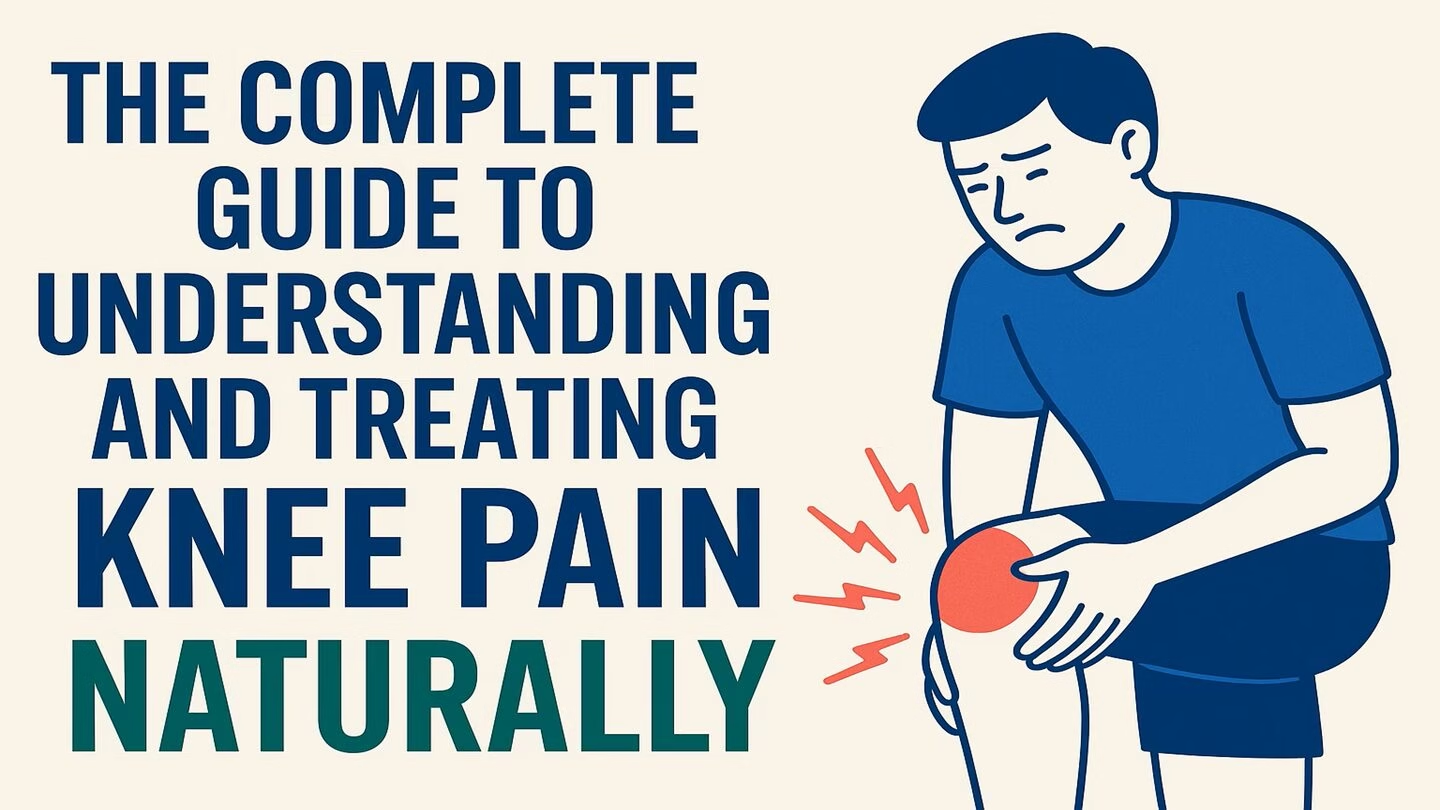
Add comment